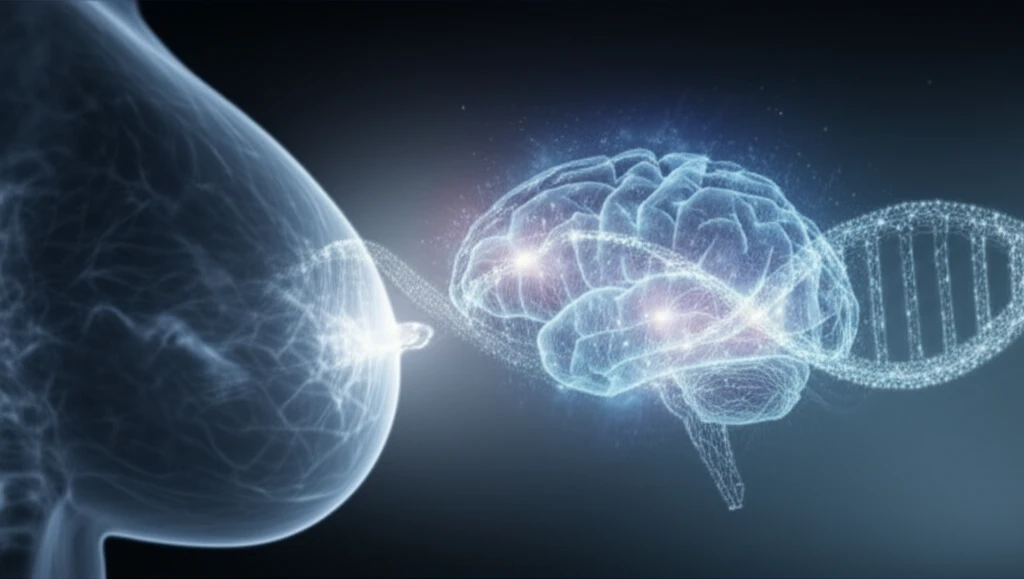
Can AI Predict Breast Cancer Treatment Success? How MRI and Machine Learning Could Revolutionize Care
"New research explores how combining multiparametric MRI with machine learning can accurately predict a patient's response to chemotherapy and survival outcomes, potentially transforming personalized breast cancer treatment."
Neoadjuvant chemotherapy (NAC) is a critical treatment for many breast cancer patients, helping to shrink tumors before surgery and improve the chances of successful breast-conserving procedures. However, NAC doesn't work for everyone, and determining who will benefit most is a major challenge in oncology.
Now, a groundbreaking study is exploring the potential of machine learning to predict how well a patient will respond to NAC. By combining multiparametric magnetic resonance imaging (mpMRI) with sophisticated AI algorithms, researchers are achieving remarkable accuracy in forecasting treatment outcomes and survival rates.
This article delves into the details of this innovative research, explaining how mpMRI and machine learning work together and what this could mean for the future of personalized breast cancer treatment. The research aims to solve - predictive modelling and personalized medicine in oncology by improving existing outcome prediction accuracy using non-invasive imaging analysis.
Decoding the Science: How MRI and Machine Learning Team Up

This study, published in Investigative Radiology, demonstrates how machine learning algorithms, when trained on data from mpMRI scans, can accurately predict a patient's likelihood of achieving a pathological complete response (pCR) – meaning no detectable cancer remains after treatment. The study goes beyond simply predicting pCR, also assessing the algorithms’ ability to forecast recurrence-free survival (RFS) and disease-specific survival (DSS).
- Dynamic contrast-enhanced (DCE) MRI to assess blood flow and vessel permeability.
- Diffusion-weighted imaging (DWI) to measure water movement in tissues, reflecting cellular density.
- T2-weighted imaging to highlight tissue characteristics and edema.
The Future of Breast Cancer Treatment: Personalized and Precise
The study’s results are promising. The machine learning models achieved high accuracy in predicting RCB class (AUC, 0.86) and DSS (AUC, 0.92) using XGBoost, and RFS (AUC, 0.83) with logistic regression. The most relevant features for predicting RCB class included changes in lesion size, complete shrinkage, mean transit time on DCE-MRI, minimum ADC on DWI, and peritumoral edema on T2-weighted imaging.
This research highlights the potential of machine learning to refine and personalize breast cancer treatment strategies. By identifying patients who are unlikely to respond to standard NAC early in the treatment process, clinicians can explore alternative therapies or adjust treatment plans accordingly. This approach minimizes unnecessary exposure to ineffective treatments and maximizes the chances of positive outcomes.
While these findings are exciting, further research is needed to validate these results in larger, more diverse patient populations. The team emphasizes the need for ongoing studies and is focused on addressing current study limitations to push the work forward.
